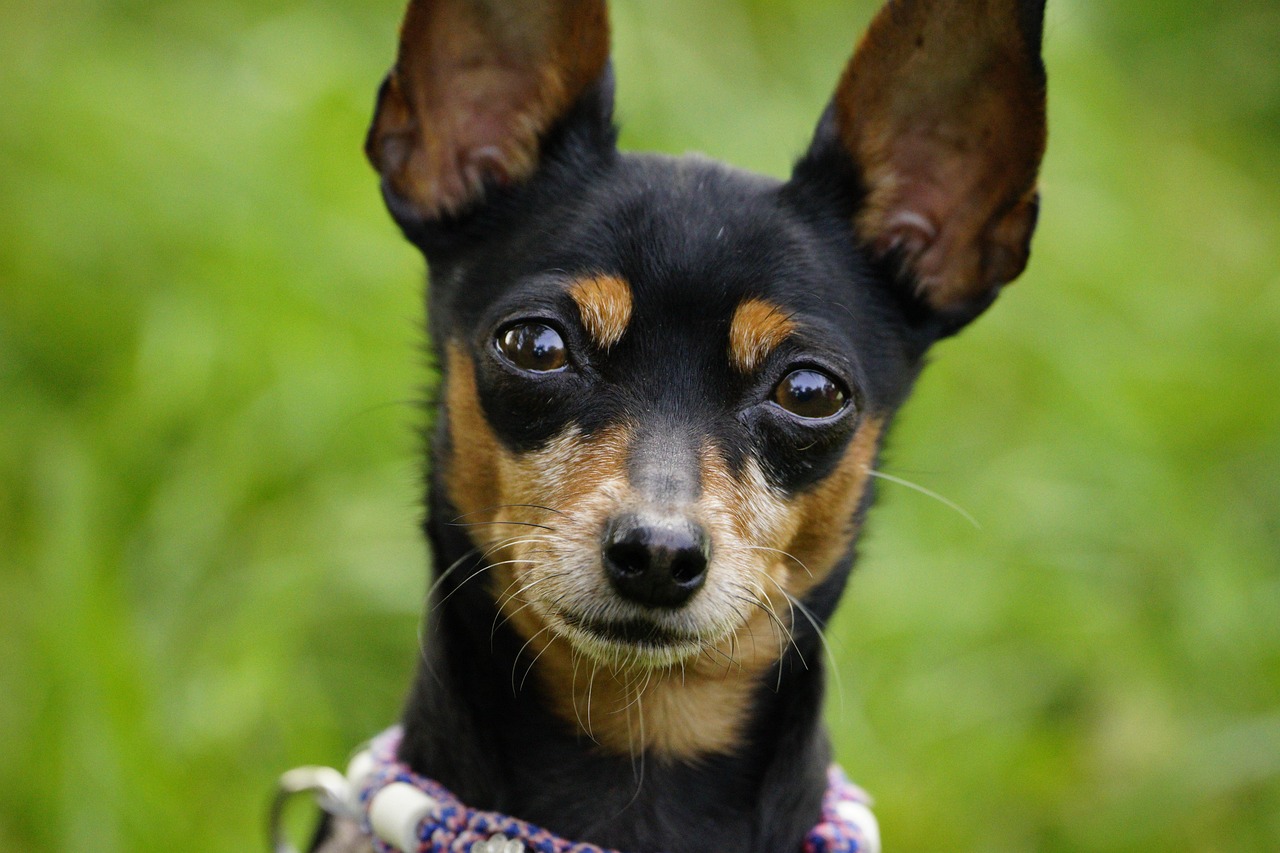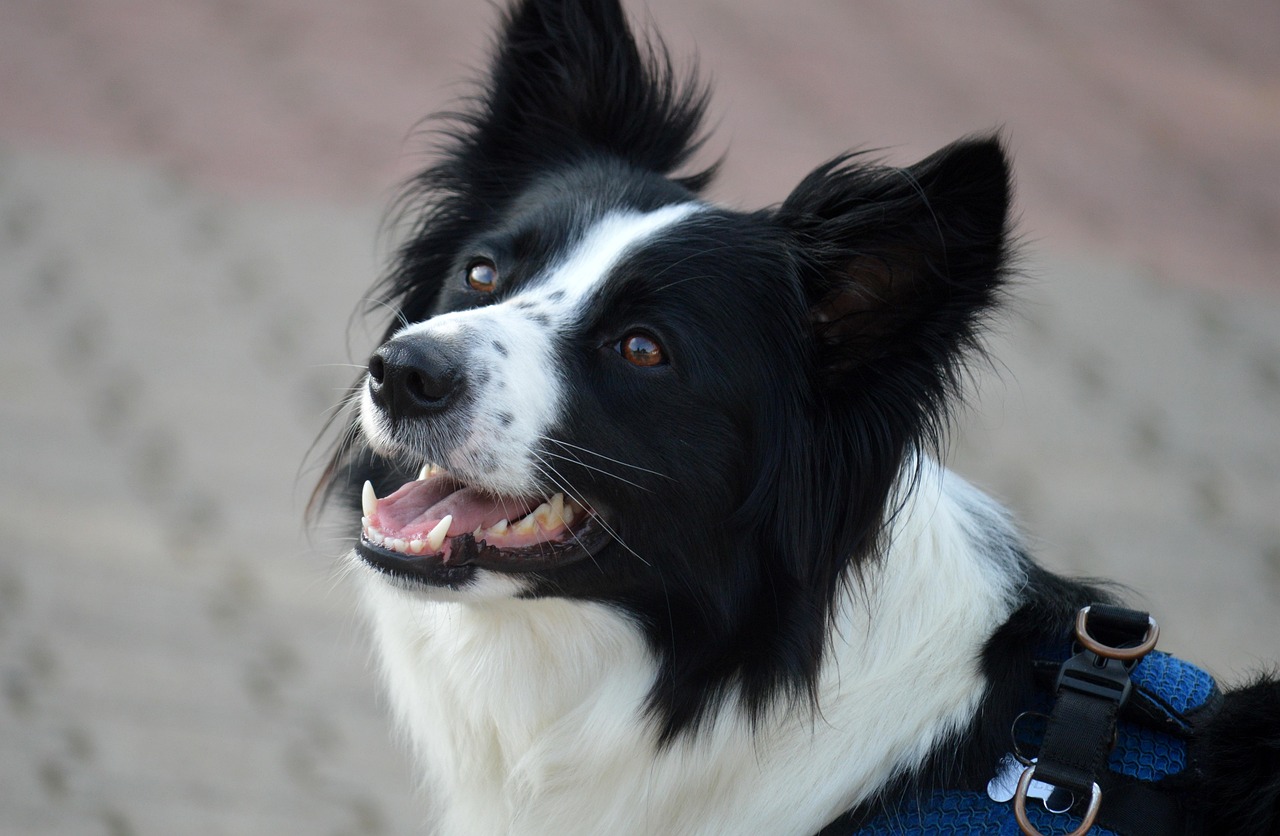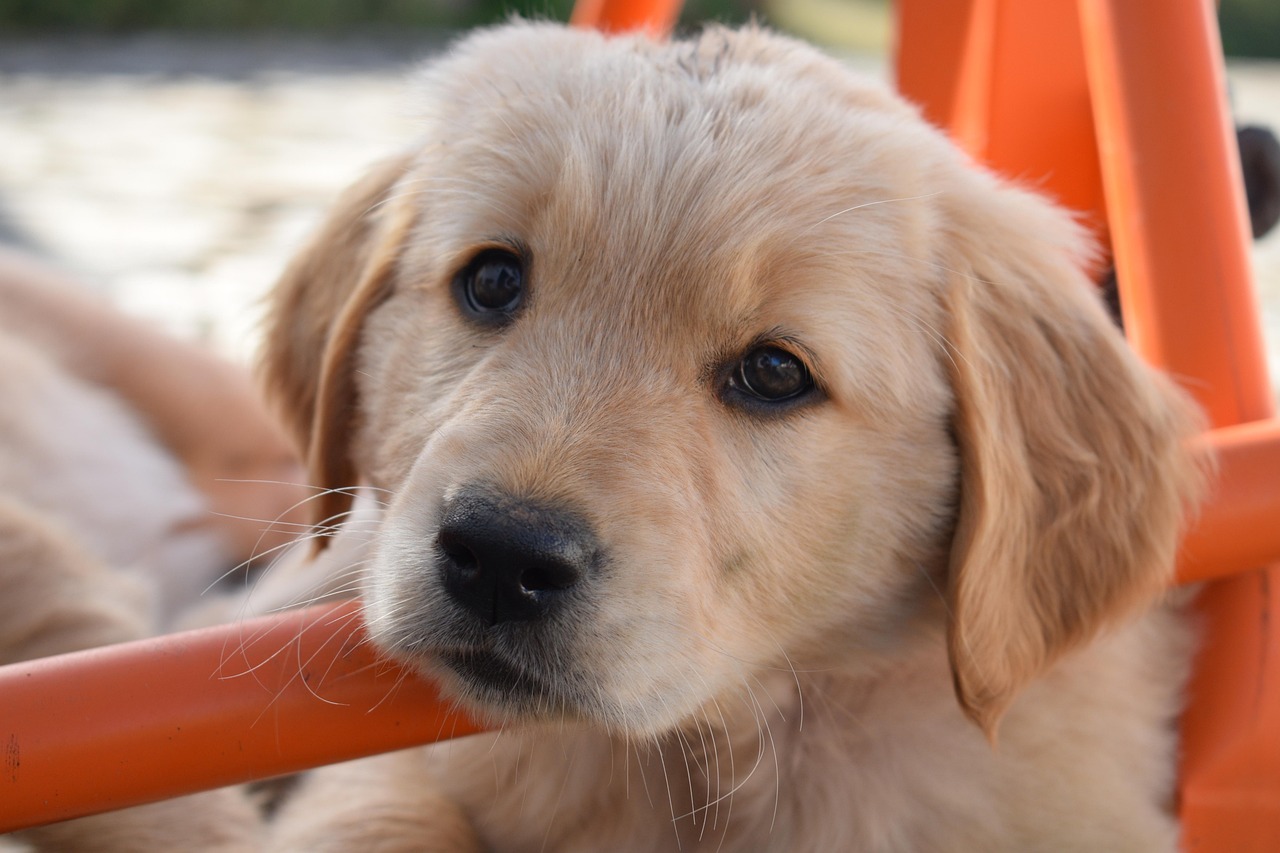APerfect Pooch: 7 Steps to Dog Training Success for Kids
Dog ownership is not simply about feeding or walking your canine friend, but it also involves training. Learning the art of dog training not only nurtures a positive relationship between the dog and its owner but also provides essential skills kids can use throughout their lives. This article discusses dog training for kids – a valuable journey that constitutes various steps: understanding a dog’s behavioral patterns, commands, and leash training, among others.

Understanding the Dog's Behavior
Before diving into dog training, it’s important for kids to understand dogs’ behavior as their actions give us cues about their feelings and intentions. For instance, a wagging tail might indicate happiness while a lowered tail can mean fear or submission. Understanding these cues can make the training process smoother. Dogs are social pack animals and they look for a leader. When a child can demonstrate leadership via training and direction, the dog is more likely to be compliant.
Basics of Dog Training: Learning Simple Commands
When it comes to dog training, starting with simple commands is the most effective approach. The most common commands like “sit,” “stay,” and “come” are excellent starting points.
Teaching the “sit” command provides an excellent opportunity for kids to establish leadership through positive reinforcement. The correct method involves holding a treat close to the dog’s nose, moving the hand upward, allowing the dog’s head to follow the treat and causing its bottom to lower. Once the dog is sitting, kids can say “sit,” give the treat and share affection.

Another fundamental command is “stay.” To teach this command, the dog should understand the “sit” command first. Ask the dog to sit, open the palm of your hand in front of you, say “stay” and take a few steps back. Reward the dog with a treat if it doesn’t move.
Lastly, the “come” command is essential for calling the dog back to you. Starting at a small distance, use a leash or long piece of string for guidance and say “come” while tapping your knees. Reward the dog once it comes to you.

Leash Training
Leash training is a significant step in dog training as it ensures safety outdoors. The child should walk in front of the dog, reinforcing who the pack leader is. There should be a good amount of slack in the leash and it’s essential to correct the dog’s behaviour if it starts pulling by firmly saying “no”.

FAQ
What is the best age for a child to start dog training?
Typically, children around the age of six and up can start participating in dog training, as they are usually able to understand the concept of cause and effect, an important aspect of training.
How long does dog training take?
Dog training is an ongoing process and depending on the dog, some may pick up commands faster than others. Consistency and patience are key.
Is it safe for kids to train dogs?
Yes, as long as an adult supervises, especially initially. It also depends on the temperament of the dog. Always ensure the safety of both the child and the dog.
How can kids discipline their dogs without using physical punishment?
Positive reinforcement is the best strategy. Rewards, such as treats, praises, and toys, can help encourage good behavior.
How can parents help in the dog-training process?
Parents should help the child understand the dog’s body language and reactions. They can also assist in teaching the basics, manage any misbehaviour, and ensure to maintain a consistent routine.

Conclusion
Dog training for kids is a valuable endeavour that nurtures mutual respect, understanding, and affection between the child and the pet. A well-trained dog builds an excellent companion, and the process of training enhances a kid’s knowledge, responsibility, and compassion. With patience, persistence, and a proper understanding of dog behaviour, any child can be successful in training their dog with adult guidance and support.




